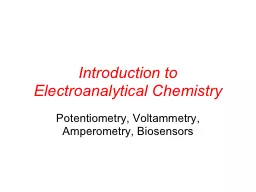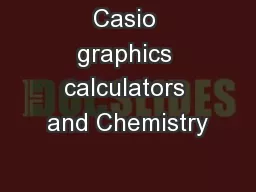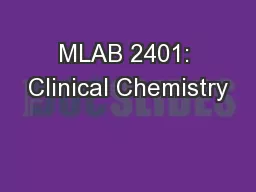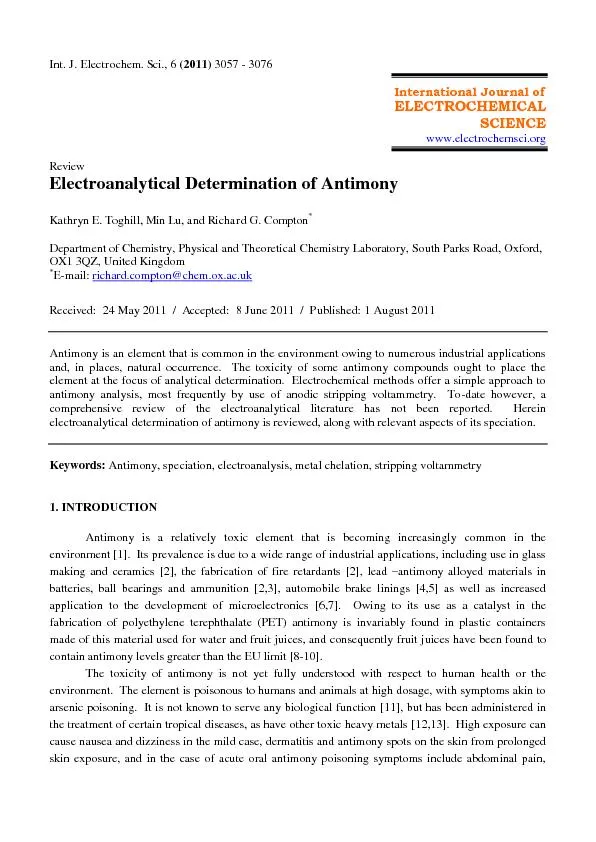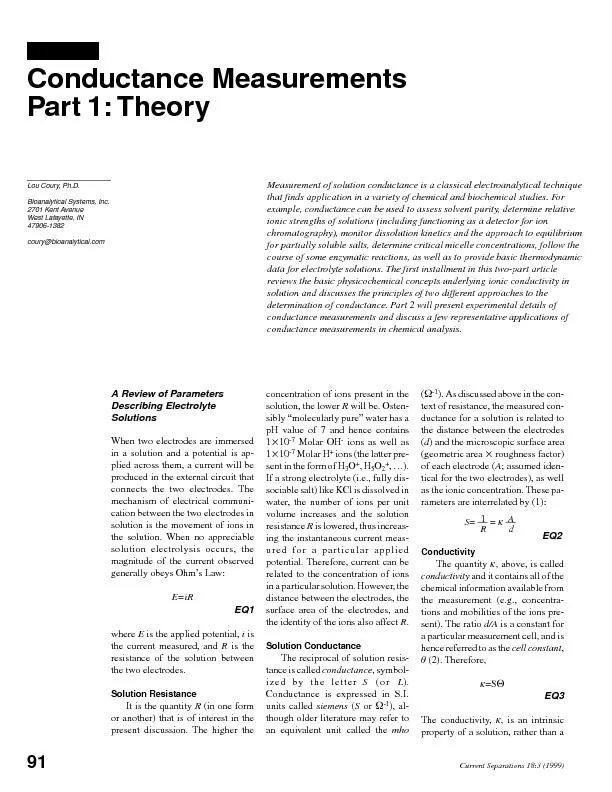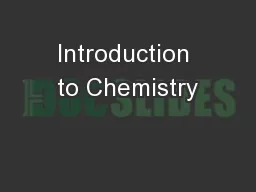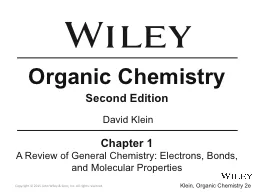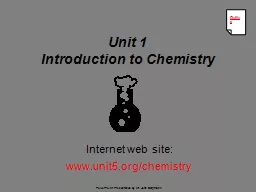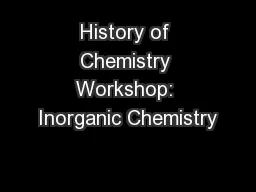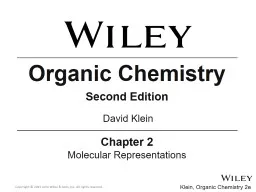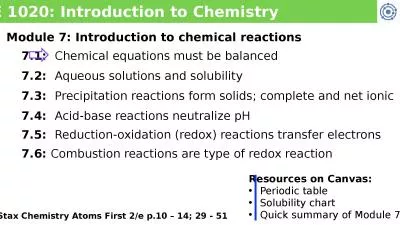PPT-Introduction to Electroanalytical Chemistry
Author : sherrill-nordquist | Published Date : 2017-09-11
Potentiometry Voltammetry Amperometry Biosensors Uses To study Redox Chemistry electron transfer reactions oxidation reduction organics amp inorganics proteins Adsorption
Presentation Embed Code
Download Presentation
Download Presentation The PPT/PDF document "Introduction to Electroanalytical Chemis..." is the property of its rightful owner. Permission is granted to download and print the materials on this website for personal, non-commercial use only, and to display it on your personal computer provided you do not modify the materials and that you retain all copyright notices contained in the materials. By downloading content from our website, you accept the terms of this agreement.
Introduction to Electroanalytical Chemistry: Transcript
Download Rules Of Document
"Introduction to Electroanalytical Chemistry"The content belongs to its owner. You may download and print it for personal use, without modification, and keep all copyright notices. By downloading, you agree to these terms.
Related Documents

